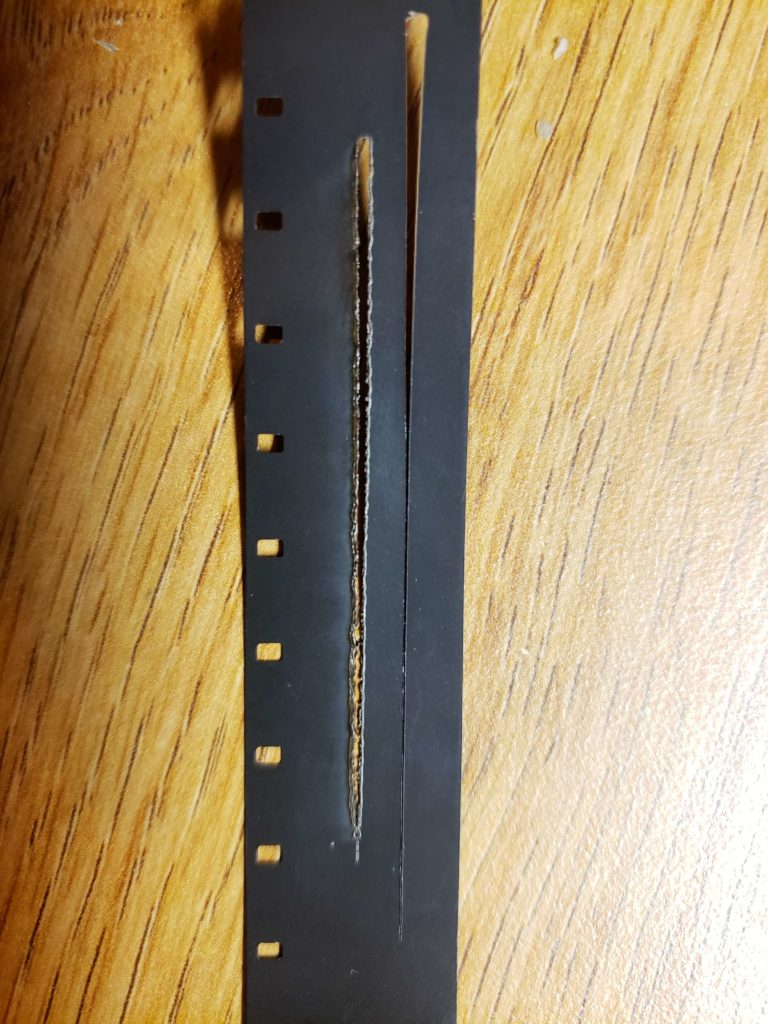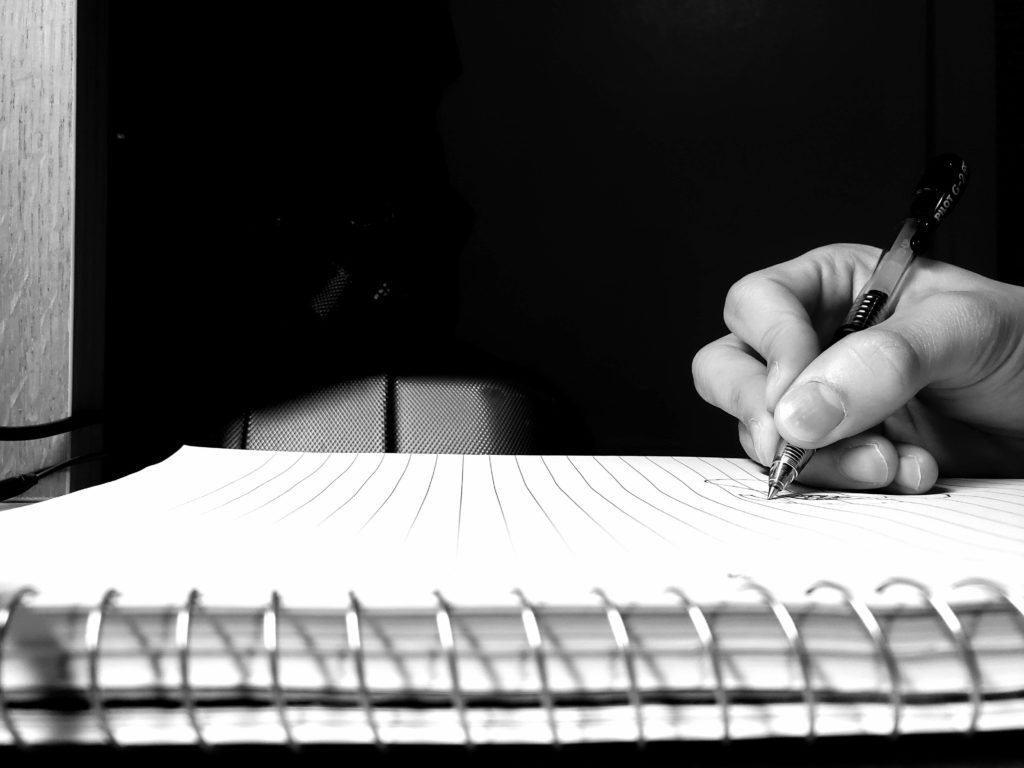Marcy Quiason of the Gender Studies program and Angela Vanden Elzen from the library and makerspace had the opportunity to present at the 2024 Women’s and Gender Studies Consortium conference. We discussed the how and why of including maker-based assignments into gender studies classrooms, followed by a workshop in which participants built out a maker assignment for one of their courses. Resources we used at the presentation are available below.
- View our presentation (clicking the link will open PowerPoint in your browser in a new tab): Creating the Next Generation of Feminist Makers: Integrating Makerspace Activities Into Your Feminist Classroom
- View or make a copy of the worksheet we distributed to help participants add a maker-based assignment to their courses (clicking the link will open Word in your browser in a new tab): Worksheet for Adding a Maker-Based Activity to a Course
- Professor Quiason’s Creative Assignment (clicking the link will open a PDF in your browser in a new tab): GEST 100 Quiason creative assignment.pdf If you use any parts of this assignment, please be sure to credit Marcy Quiason.
If you have any questions, please feel free to reach out to Angela or Marcy



